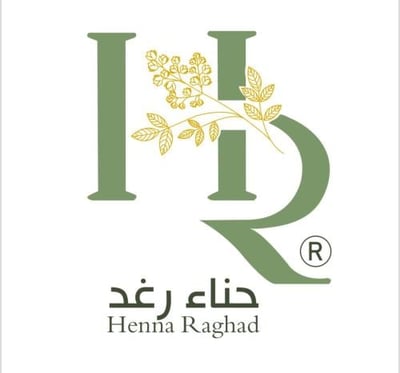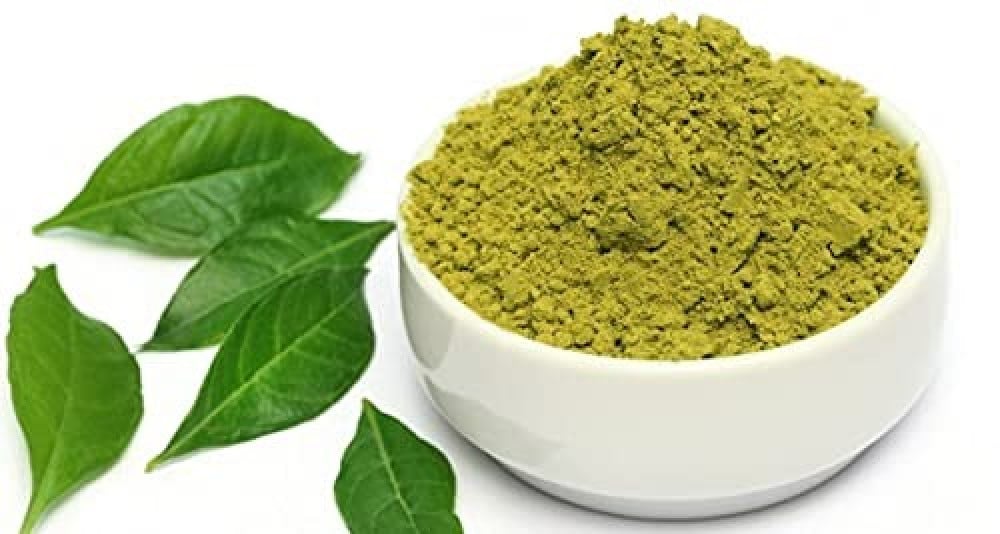Henna is a dye prepared from the plant Lawsonia inermis, also known as the henna tree,
The Mignonette tree, the only species of the genus Lawsonia, has been used for dyeing hair since ancient times.
Skin, hair and nails, as well as fabrics including silk, wool and leather. Historically, henna has been used in the Arabian Peninsula, the Indian subcontinent, the Near and Middle East, Carthage and other parts of North Africa and the Horn of Africa. The name is used in skin and hair dyes
Others, such as black henna and neutral henna, are both derived from the henna plant.
"What is henna?"
A distinctive aromatic plant, belonging to the Asteraceae family, which is under the Myrtaceae order. It is an evergreen shrub that lives from 3 to 10 years, and may reach a height of 3 meters. Henna has a stem with many branches, and its lateral branches are green in color, turning brown when ripe. Its leaves are simple, leathery, oval in shape, 3 to 4 cm long, and its flowers are small, white, with a strong and distinctive aromatic scent.
Henna needs a hot environment, so it is widespread in southwest Asia, and grows densely in the tropical environments of the African continent. It is also widely cultivated in the countries of the Mediterranean basin, and the most important countries that produce it are Morocco, Egypt, Sudan, China, and India.
Henna is planted in March and August of each year, i.e. it is harvested twice a year, and the productivity of an acre ranges between one and two tons, i.e. the productivity of an acre during the year ranges from 3 to 4 tons of henna. Henna is a perennial plant, easy to grow in desert lands and hot weather.
You can get Raghad henna from here
What are the stages of manufacturing henna hair?
There are stages to manufacturing henna. The stages of henna production begin after it is collected from the ground. The henna enters the separation stage, in which the leaves are separated from the stem. The henna leaves are packed in large bags after drying, and the drying process takes 10 days.
The dried henna bags are transferred to the mill to be weighed and then the grinding stage begins. This stage is in two stages. The first stage is crushing (roughly grinding the henna plant), and then the fine grinding stage, in which the henna is softened to become a “powder”. After that, the henna enters the cooling and packaging stage.
What are the ingredients of henna hair?
Dye elements
- Organic acids
- Vitamin C
- Your vitamin
What are the benefits of henna for hair?
- Improve hair structure
-Getting rid of dandruff
-Treatment of split ends and hair loss)

